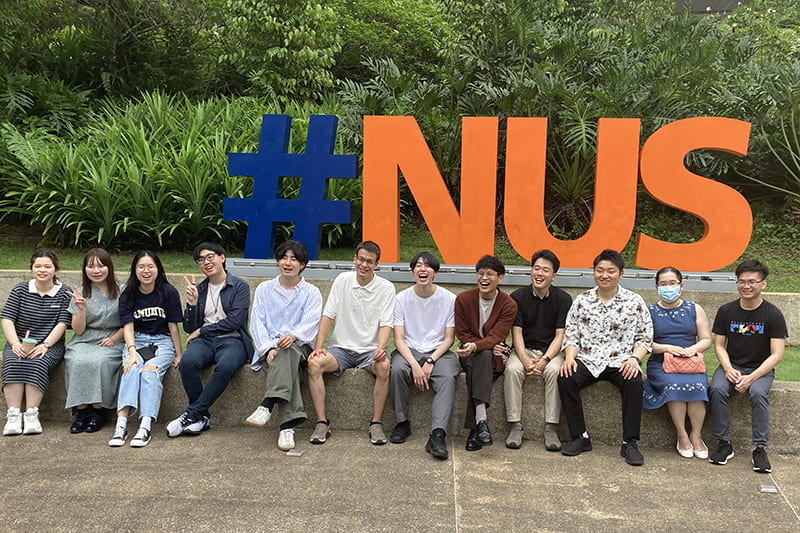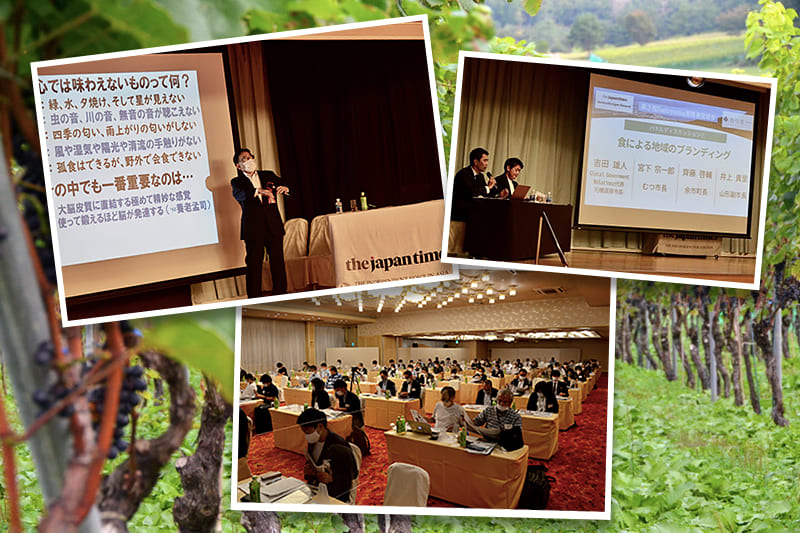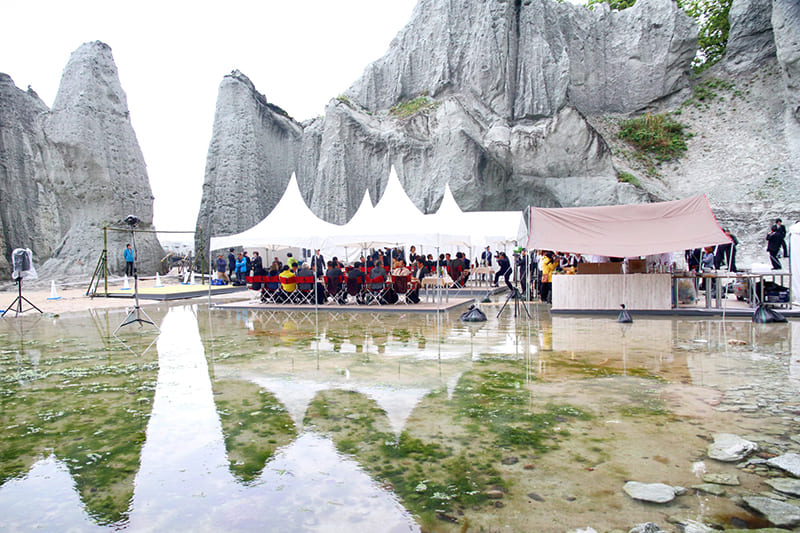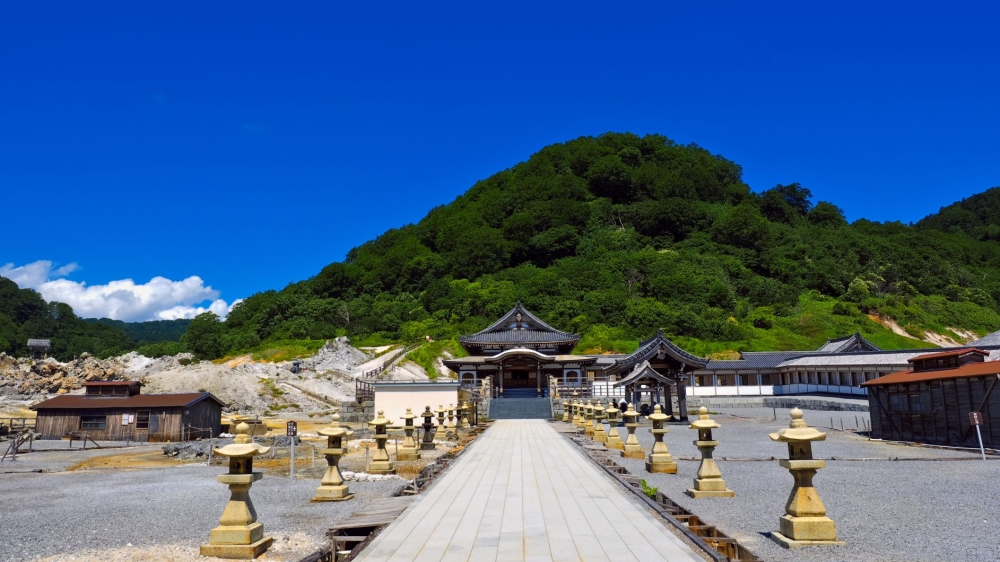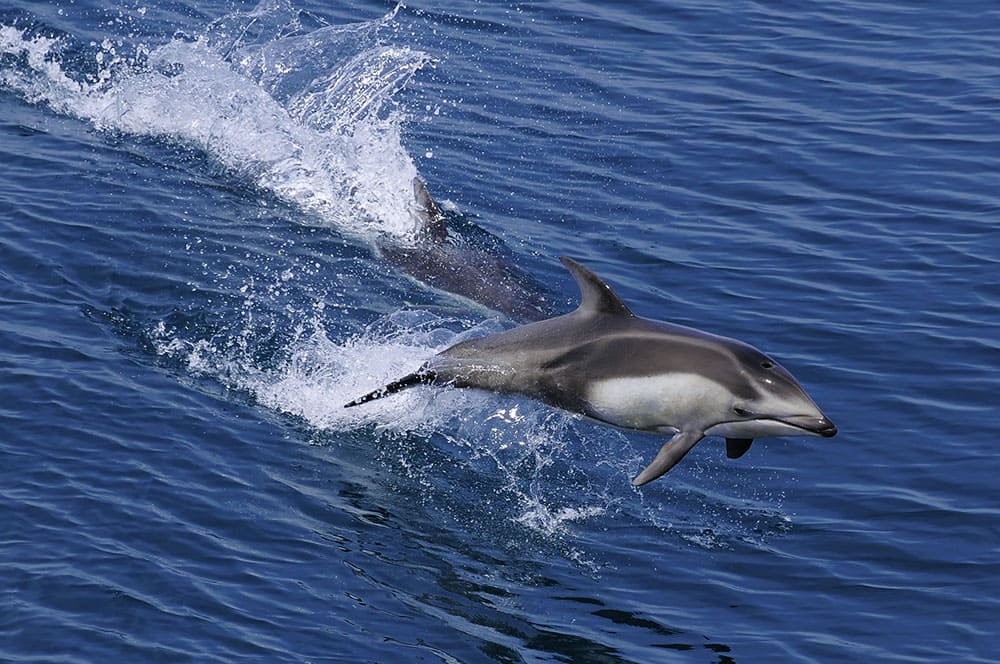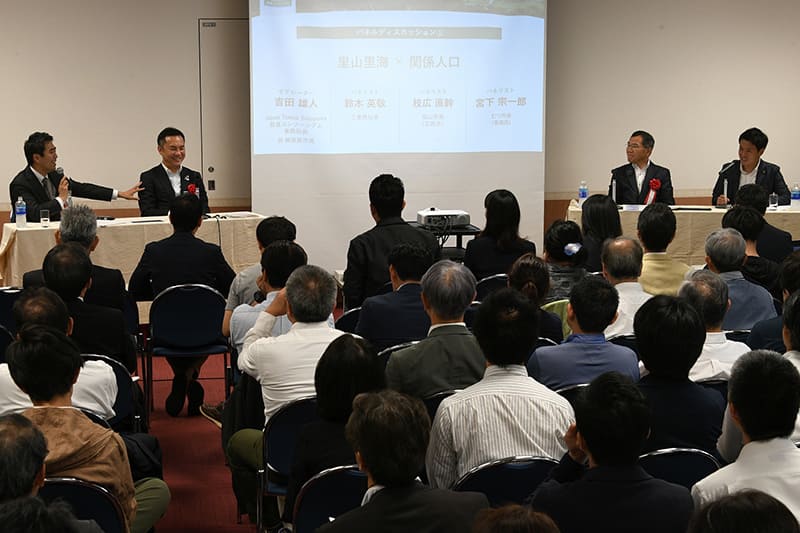February 26, 2021
Mutsu turns waste into grapes, dolphins and history into tourism
SPONSORED CONTENT
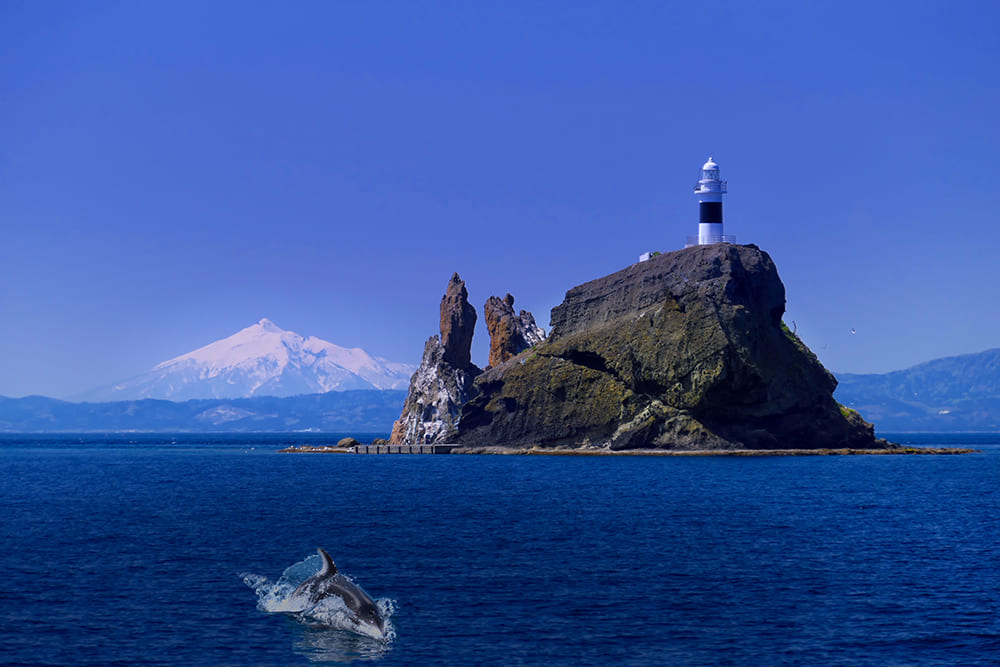
The city of Mutsu in Aomori Prefecture, at the northern tip of Honshu, has inspiring examples of how a rural city can use its cultural and natural resources to encourage hometown pride in its residents — especially its younger residents — and move visitors to take a deeper interest in the area.
“The key to success is for the private sector to take initiative in various activities, making the activities themselves sustainable,” said Mutsu Mayor Soichiro Miyashita in a recent online interview with The Japan Times.
Mutsu covers most of Shimokita Peninsula, an ax-shaped piece of land protruding from the top of Japan’s main island. The peninsula itself is designated as Shimokita Geopark, one of the 43 geoparks certified by the Japanese Geoparks Network for their unique and valuable natural resources and landscape.
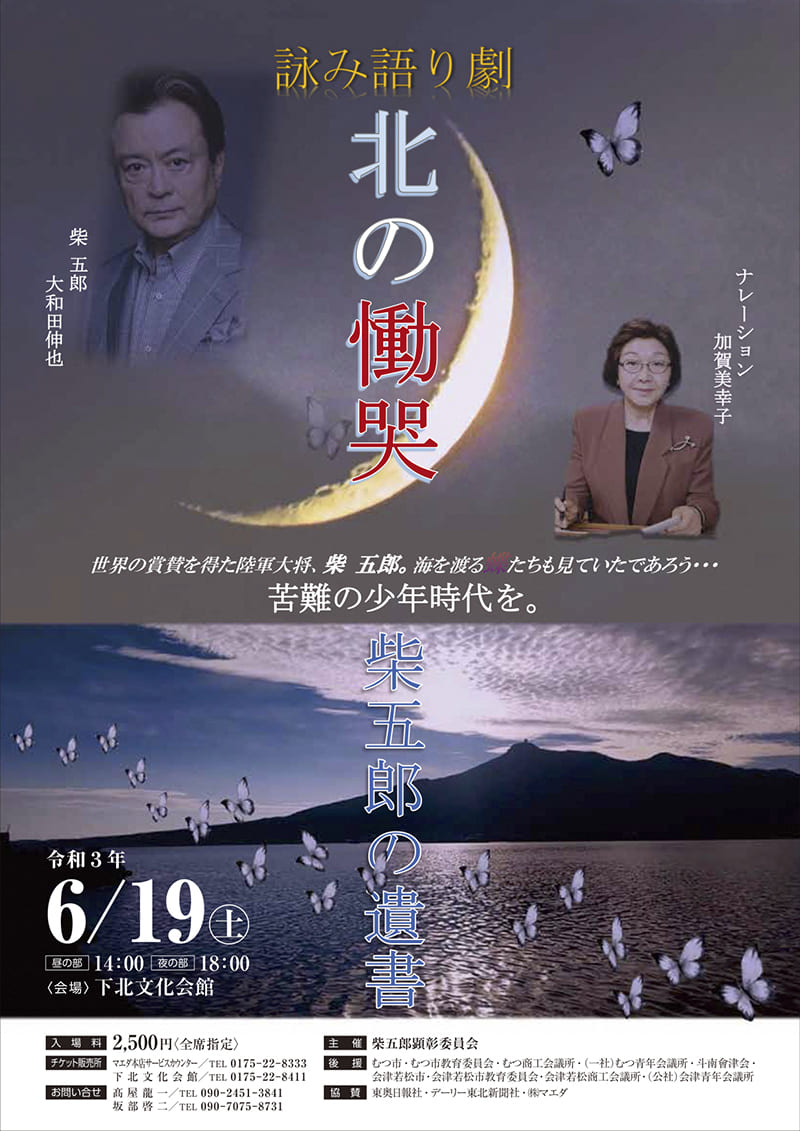
Among the many ongoing activities related to the geopark, Miyashita introduced two projects that are contributing to the circulation of resources.
The first project makes effective use of the residue that accumulates in baskets used for scallop production. Scallop farming is one of the major industries in Mutsu, and while the residue was formerly incinerated at a cost, it is now being repurposed. “Since two years ago, the residue has been composted and used as fertilizer in vineyards and other local farms,” Miyashita said.
The second one turned an area formerly used for raising wild boar into a cattle farm. Composted manure from the farm is also used by local buckwheat farms.
Mutsu is also blessed with natural resources that draw visitors, one of which is the schools of Pacific white-sided dolphins that can be observed in Mutsu Bay around May and June every year. The boats used for dolphin-watching tours carry a guidebook containing detailed information about the ecology of dolphins.
“This guidebook was compiled by the students of the second-smallest elementary school in the city, which has only about a dozen students,” Miyashita said. “All the students of the year 2017 participated in making this book, which was a good opportunity to learn about and take pride in their hometown.” The book explains the differences between dolphins and whales, male and female dolphins, how dolphins feed themselves, and so on.
Miyashita also pointed out that Mutsu Bay provides an ideal fieldwork environment for researchers because the waves are gentle thanks to the bay`s narrow entrance, and dolphins — sometimes more than a hundred of them — can usually be observed from a boat less than 10 minutes after leaving shore. At times they even come so close to shore that one can see them from seaside roads.
Mutsu also offers many historical and cultural attractions. The city has nurtured a special connection with the city of Aizuwakamatsu in Fukushima Prefecture for more than 150 years. The relationship began when the samurai of the Aizuwakamatsu domain were expelled from their homeland for fighting against the new government’s army in the Boshin War, a civil war from 1868 to 1869, and built a new domain named Tonami in Mutsu, farther from the capital.
“We want to focus on people. Learning what kind of talented people have come from this area and how they took part in history will bring new perspectives in historical understanding,” Miyashita said, explaining that Mutsu is planning a storytelling event this year featuring the life of Shiba Goro, who grew up in a poor family in Tonami and later became a general of the army.
Shiba took the initiative in communicating with all the embassies in Beijing and protected them in 1900 during the Boxer Rebellion, in which a Chinese secret society attacked foreign embassies and Christians. “He had the view that Japan could only sustain itself through international cooperation. If he had been given a position in the high command of the army, Japan may have decided not to participate in World War II,” Miyashita said, stressing that events like this provide opportunities not just to learn but also to think about history.

This storytelling event, in which the historical text “Kita no Dokoku” (“Lament of the North”) will be read by a well-known actor, Shinya Owada, will be held on June 19.
This year, together with the Japan Times Satoyama Consortium, Mutsu will co-host the third two-day event on topics related to satoyama (mountains and woods used and maintained by area residents) and satoumi (marine and coastal environments where people work to maintain biodiversity). The previous event, in the Mie Prefecture city of Shima, was attended by participants from both the public and private sectors, most of them engaged in efforts related to sustainability and regional revitalization. “I hope the inspiring ideas that each participant may have will fuse into bigger and more powerful ones through this event,” Miyashita said.

